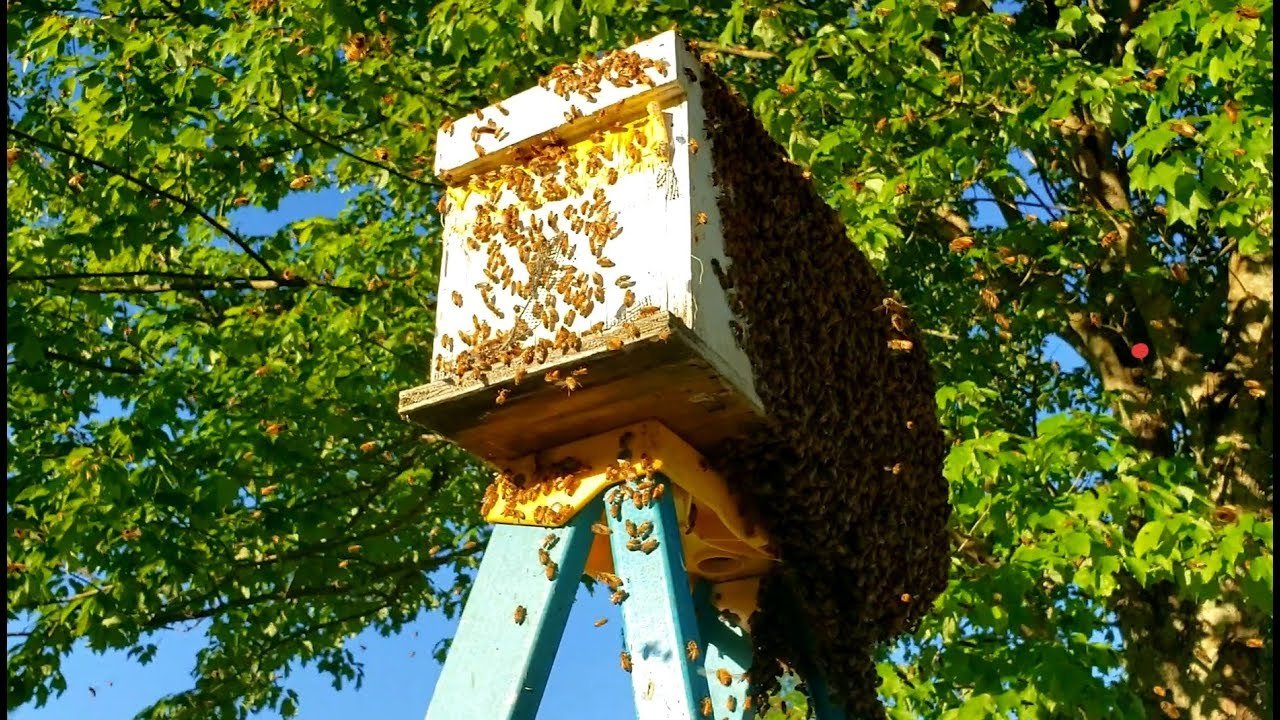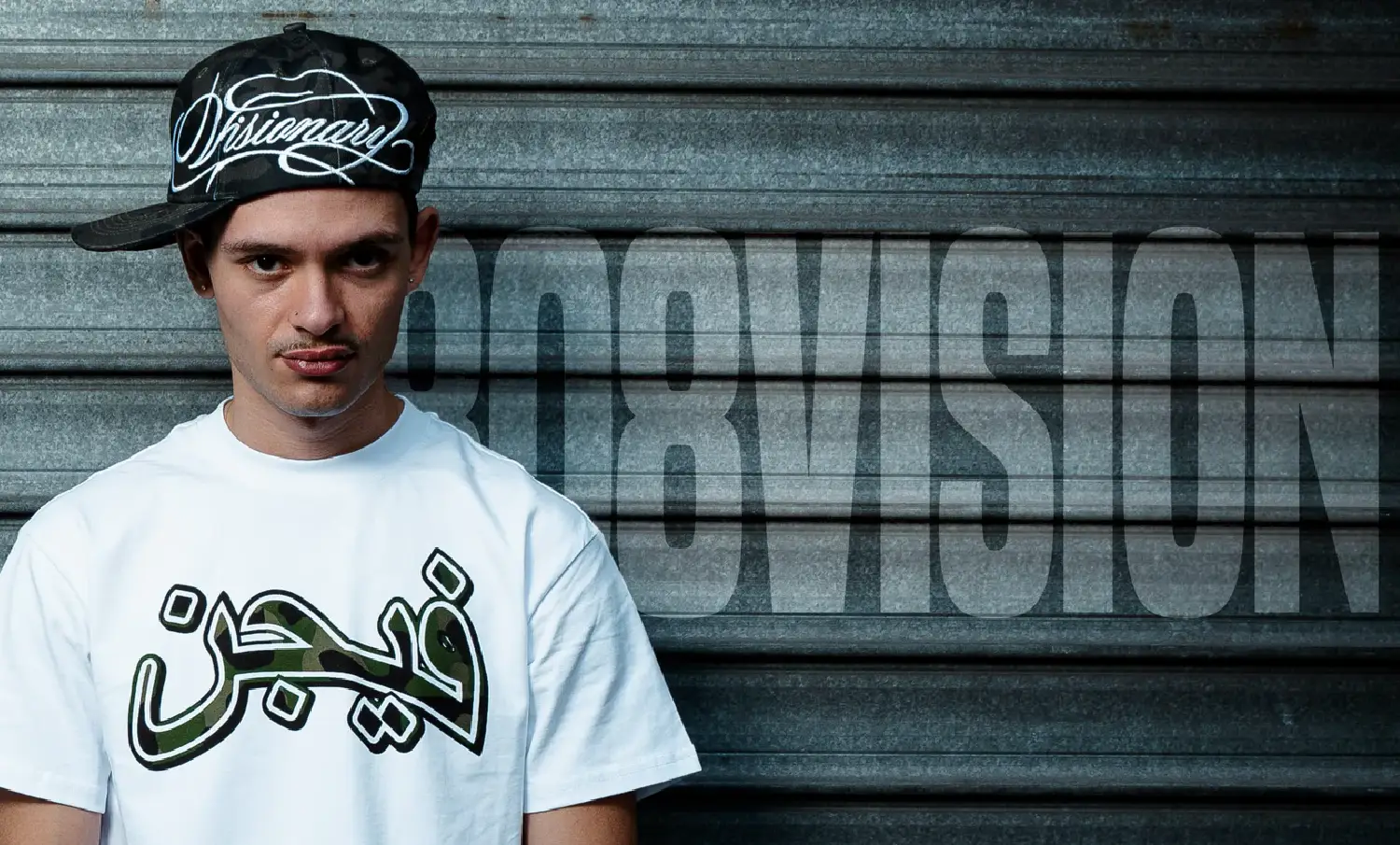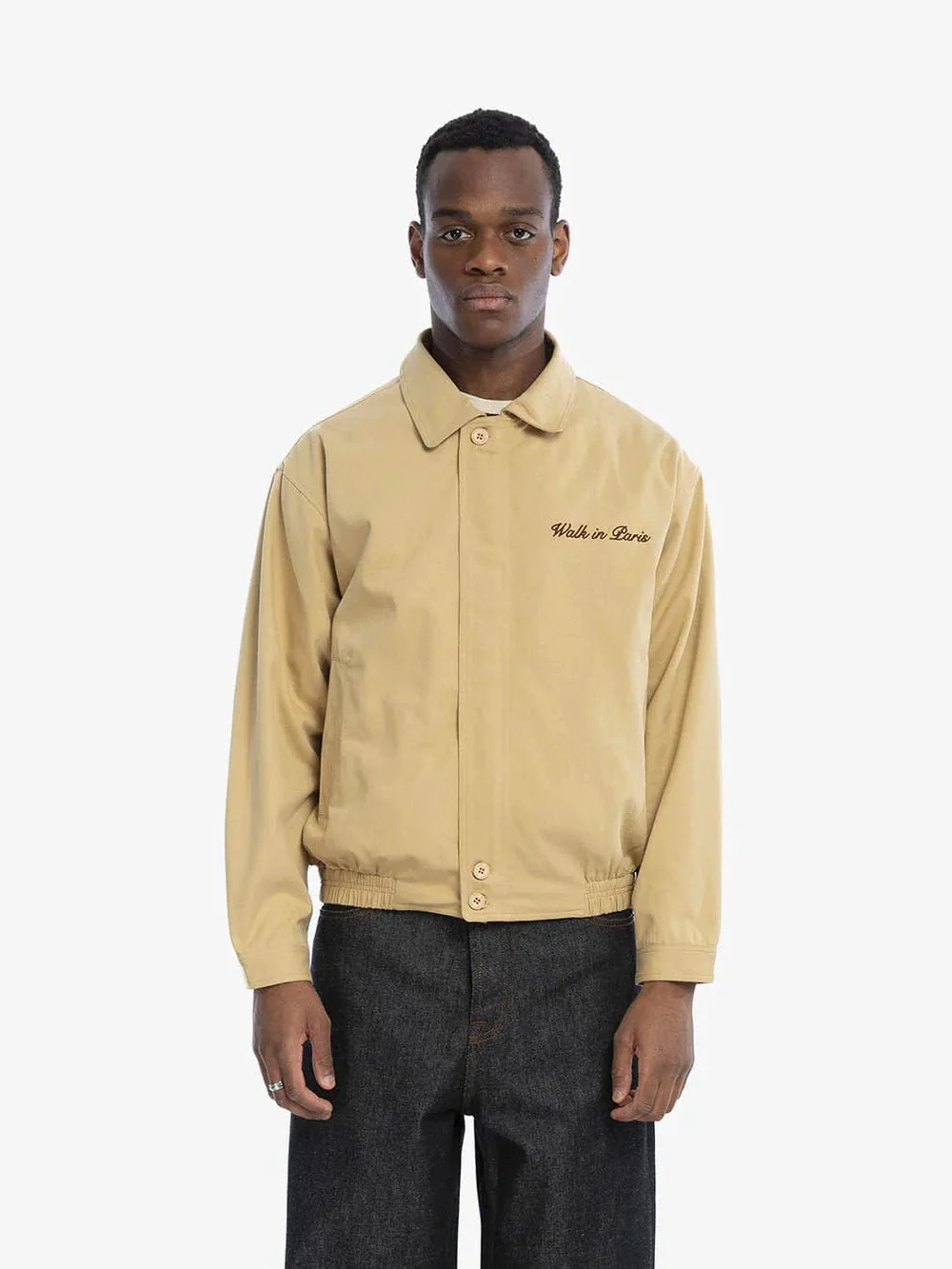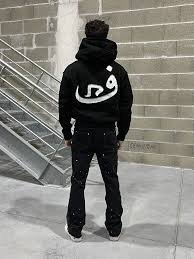Friendships are often painted in bright colors — laughter, shared secrets, and unwavering support. However, the journey from acquaintanceship to deep friendship is not always linear. Some of the strongest bonds today were once complicated by rivalry, jealousy, or misunderstanding. These relationships, which evolve from frenemies to besties, reflect the unpredictable and often transformative nature of human connection. In this article, we’ll explore how such shifts happen, what they reveal about us, and why these stories of turned tides resonate so deeply.
How Differences Spark Connection
At the heart of many frenemies-to-besties stories lies a fundamental misunderstanding or competition. In school settings, workplaces, or even friend groups, two individuals might initially clash because they are too similar — strong personalities, similar talents, or conflicting values can breed tension. These rivalries aren’t always hostile; sometimes, they are subtle power struggles or competitive dynamics masked as sarcasm or indifference.
Interestingly, these differences often serve as mirrors, reflecting parts of ourselves we’re either proud of or uncomfortable facing. For example, a confident peer may irritate someone insecure about their own self-worth. But over time, exposure to each other’s perspectives can foster empathy. When people drop their guards and begin to understand the intentions behind the behaviors they once disliked, connection begins.
More often than not, this turning point comes through shared experiences — a team project, a crisis, or even an unexpected conversation — which shifts the narrative from competition to cooperation. These moments make people reconsider the story they’ve told themselves about the other person, and in doing so, they pave the path from frenemies to besties.
From Opposition to Understanding
Trust is built on vulnerability, and surprisingly, this is often where frenemies-to-besties dynamics begin to shift. When someone reveals a personal struggle or opens up about their insecurities, it humanizes them. Suddenly, the “rival” is no longer an opponent but a person with pain, dreams, and fears just like anyone else.
This emotional pivot often happens in unguarded moments. Maybe two colleagues find themselves working late and talking about life. Or two classmates, initially cold toward one another, unexpectedly bond over similar family struggles. These interactions break the surface-level tension and reveal common ground — which is often where authentic friendship begins.
This transformation doesn’t always happen quickly. It requires patience, mutual respect, and the willingness to reframe prior judgments. However, when both parties are open to change, what was once a frosty acquaintance can blossom into a relationship defined by deep loyalty and understanding.
These journeys challenge the simplistic idea that people are either “friends” or “enemies.” Instead, they remind us that connection is fluid, shaped by choice and circumstance. In fact, some of the most loyal friendships began as rivalries, proving just how powerful growth and vulnerability can be in reshaping human bonds.
Shared Experiences That Redefine Relationships
Transformative friendships often blossom through shared experiences. Whether it’s surviving a tough academic term, working through a difficult project, or navigating personal hardships together, these shared trials and triumphs tend to melt away the superficial tensions of earlier rivalry.
In these pivotal moments, former frenemies begin to view each other as allies. The circumstances force them to rely on one another, revealing qualities like loyalty, intelligence, or humor that may have been overlooked or misunderstood. These experiences create a narrative of collaboration rather than competition, reinforcing trust and mutual appreciation.
This is where many begin to reflect on deeper questions, like what inspired the author to write Friends and Friendship? Such stories often stem from observing — or living through — the messy, beautiful evolution of human relationships. Writers and thinkers alike have long been inspired by these surprising transformations. They highlight the resilience of human connection, the redemptive power of empathy, and the ability of people to rewrite their relational scripts.
Thus, a friendship born from rivalry is often stronger because it’s been tested. The individuals involved have seen each other at their worst, yet chosen to stay. That’s not just friendship — that’s emotional maturity, and it’s what makes frenemies-to-besties stories so unforgettable.
Mutual Growth
One of the most powerful aspects of the frenemies-to-besties transition is the personal growth it demands. Unlike friendships that begin effortlessly, these relationships force people to confront their own flaws — assumptions, biases, pride — and choose growth over ego.
When someone transitions from a rival to a friend, it reflects not just a change in perception but a shift in values. Individuals learn to prioritize understanding over judgment, curiosity over assumption, and kindness over pride. In the process, both people usually become better communicators and more emotionally intelligent.
This kind of friendship also tends to have more resilience. Because it has survived disagreement, it is less likely to be undone by minor conflicts or misunderstandings. The friends know how to navigate difference and disagreement, having already done so in the past. They also often have a deeper appreciation for the friendship, knowing how far it has come.
Mutual growth also contributes to a stronger bond. Having witnessed each other’s transformations, these friends often become each other’s champions — encouraging growth, holding each other accountable, and providing support when it matters most. It’s a unique kind of closeness that only emerges from having walked a rocky road together.
Celebrating the Journey
The beauty of frenemies-to-besties stories lies in their unpredictability. They defy the idea that first impressions are final or that relationships must fit into clean categories. Instead, they showcase the transformative power of empathy, time, and shared experience.
These stories remind us that people are capable of change — and that we, too, can change how we see others. The coworker we found annoying might be the one who helps us through a hard time. The classmate we couldn’t stand might turn out to be our strongest supporter. And the person we once competed with may become the one we trust most deeply.
That doesn’t mean all rivalries turn into friendships, of course. But when they do, they often become the most cherished connections. Why? Because they are hard-won. They come not from ease, but from effort — and effort often makes things more meaningful.
So the next time you find yourself clashing with someone, consider this: perhaps it’s not a dead end but the beginning of an unexpected journey. Maybe, just maybe, it’s the first step in your own story from frenemies to besties.
















Leave a Reply